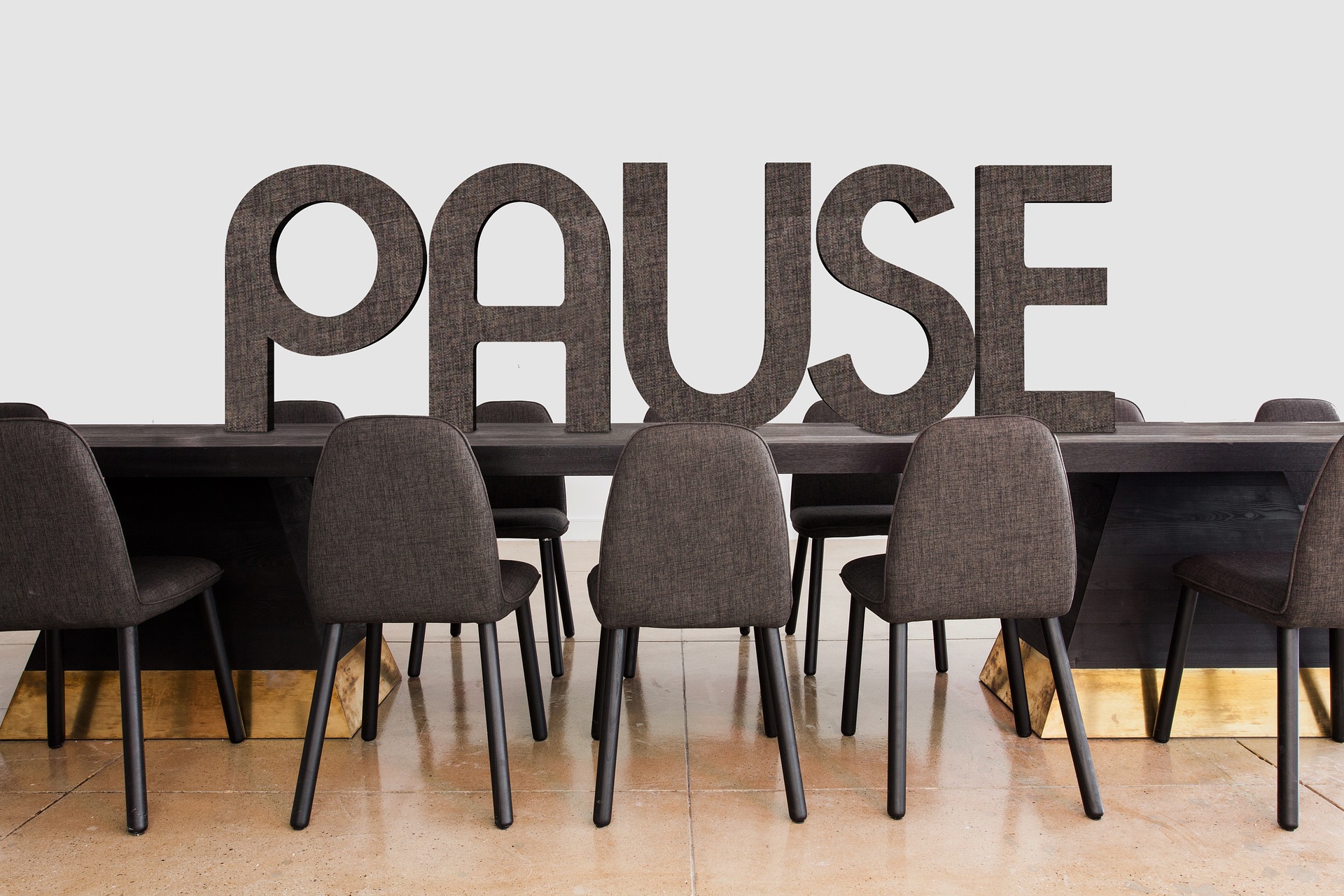
being like a mountain
It came as a surprise to me initially that the ongoing work we do in mindfulness training involved so much bodywork or embodiment (why is it called mindfulness? I found myself asking). This kind of training comes on the back of the settling the mind practices and this “somatic descent” is akin to touching the ground or being earthed -or touching earth-literally allowing our awareness to drop down into our body and explore what we find within the field of our experiencing.
So, the metaphors of “grounding” or “touching earth” become very real and felt, creating what Reginald Ray in his recent book The Awakening Body calls “a strong, reliable, open and profound relationship with the earth beneath us”.
This anchoring in earth becomes akin to experiencing our primal body, our soma in its most rooted and energetic way, where our emotional and cognitive weather comes-and then goes.
Jon Kabat-Zinn in his book Wherever You Go, There You Are suggests that when we are anchored and deeply connected this way our being is like a mountain-rain, winds, snow and sunshine come, yet being like a mountain, we stay present as it all moves on.
In meditation, we might come to a sitting posture, letting our mind settle as we attune to our breathing, feeling deeply the posture we now inhabit as a mountain, as if we bring the sense of being, like a mountain into our embodiment. Being, like a mountain, winter, spring, summer and autumn, all the seasons in life come and go in their endless cycling and recycling, yet our being, like a mountain, remains.













